
Nagaharu Yodogawa
Nagaharu Yodogawa
Nagaharu Yodogawa
One of the most important film critics of all time.
Nagaharu Yodogawa devoted his life to the cinema.
From 1962, a year before I was born, up until the week of his death in November of 1998, he never missed a single appearance on the Television Asahi Sunday Night Western Movie Theatre.
My first television set in Japan in 1987, was a gift from a friend, and at that time, there was no bilingual functionality on the TV.
I found myself watching TV in Japanese, and, every Sunday night there was an extraordinarily interesting older Japanese effeminate man hosting this movie program.
Mr. Yodogawa’s zeal and passion for movies was indeed a sight to behold. One could see he loved movies with every fibre of his being.
Remember back in 1987, I could not speak or understand Japanese that time, but I found this unique and somewhat campy film critic to be very enchanting.
I fondly recall Mr. Yodogawa interviewing Arnold Schwarzenegger many years later.
At the end of the interview, the petite Mr. Yodogawa stood on a chair and was squeezing Mr. Schwarzenegger massive biceps, also the while mentioning how wonderful and hard these muscles were. It was at that time, I had the aha moment where it seemed like perhaps Mr. Yodogawa drank from the other side of the tap.

Mr. Schwarzenegger, always being a very funny guy, suggested they stop the interview right then and there and go out for dinner!
And in another interview, Mr. Yodogawa also said to Mr, Schwarzenegger” Let’s take a bath together.”, to which Mr Schwarzenegger humorously replied; “You demand a lot don’t you, okay, let’s take a bath together,”
Mr. Yodogawa was that rare phenomenon, a Japanese male who never married. “I am married to the movies,” he said. “That is my punishment for not taking a wife.”
Interestingly enough, one of his books was an early defence of homosexual themes in film. He gently advised audiences “not to be frightened” of them, but to appreciate their courageous, independent spirit.
Sounds like he was a visionary before his time.
I can recall getting a really good a chuckle out of the way he ended his wonderful movie show. He said “make sure to come here next week so we can meet again, and then he said “sayonara, sayonara, sayonara”
As an homage to this extraordinary iconic Japanese film critic, I too end all of my podcasts with “sayonara, sayonara, sayonara”
Nagaharu Yodogawa, film critic: born Kobe, Japan 12 April 1909; died Tokyo 11 November 1998.

Bonus: I discovered Cecil B. De Mille’s The Cheat (1915), via Mr. Yodogawa, and found it on YouTube. This black and white silent film is vastly superior to much of the rehashed trash coming out from the movie studios for quite some time now.

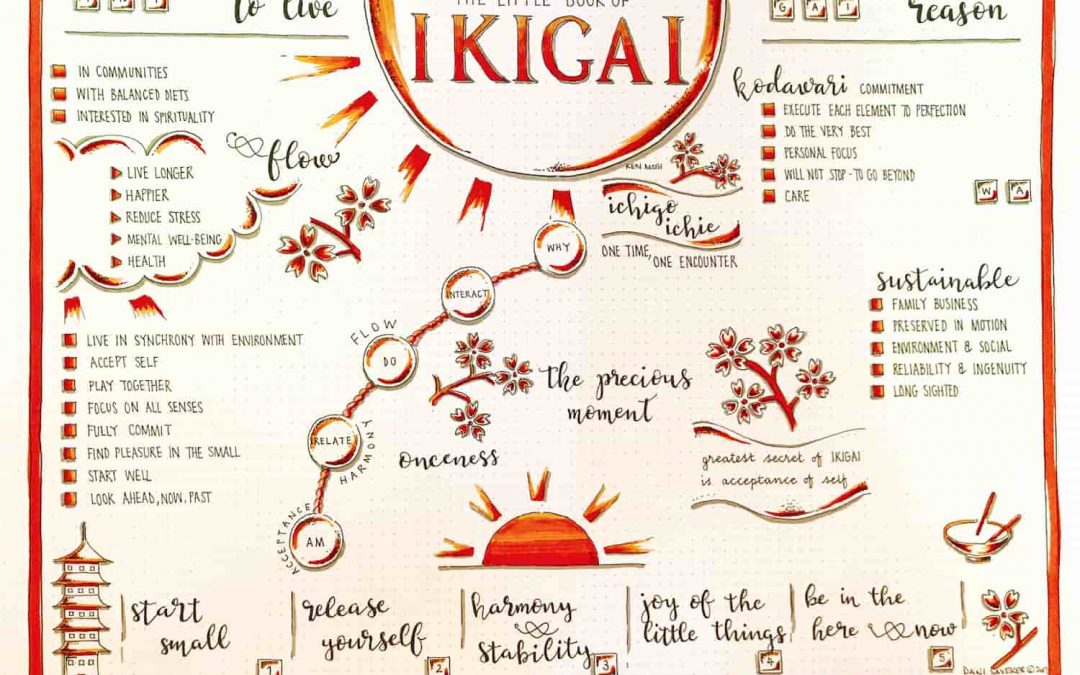


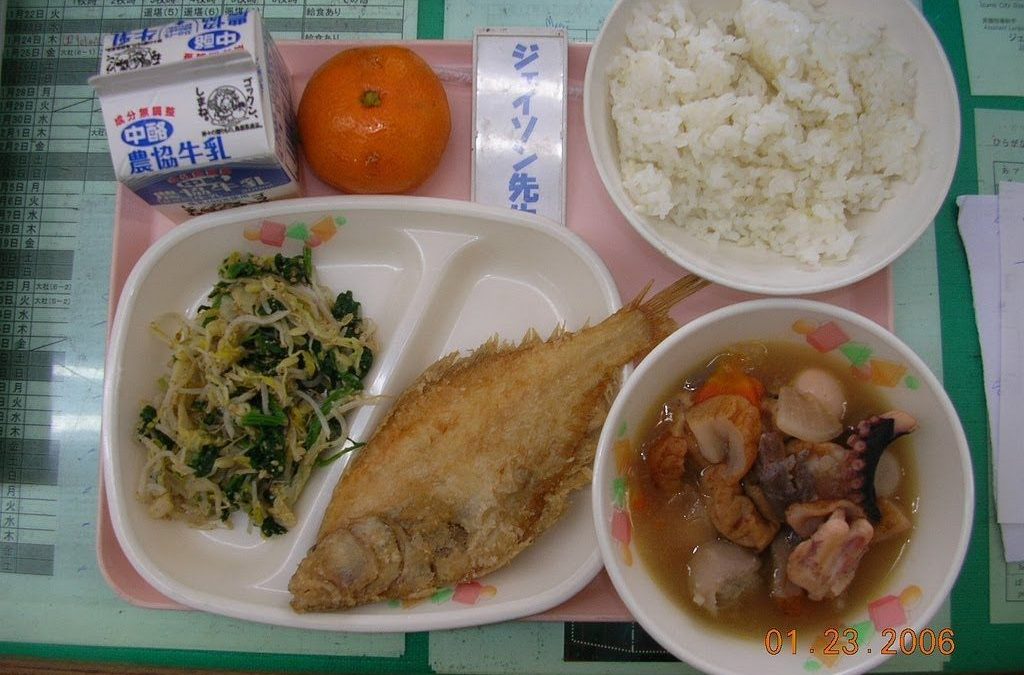
 I found this incredible, to see these children, serving their fellow students.
I found this incredible, to see these children, serving their fellow students.
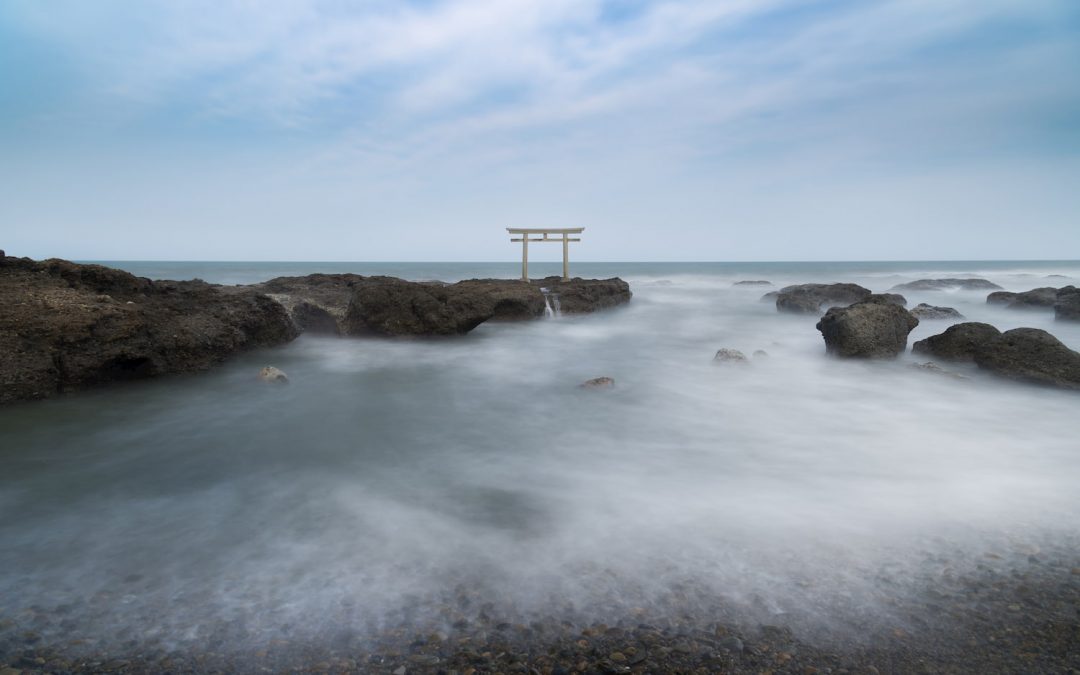

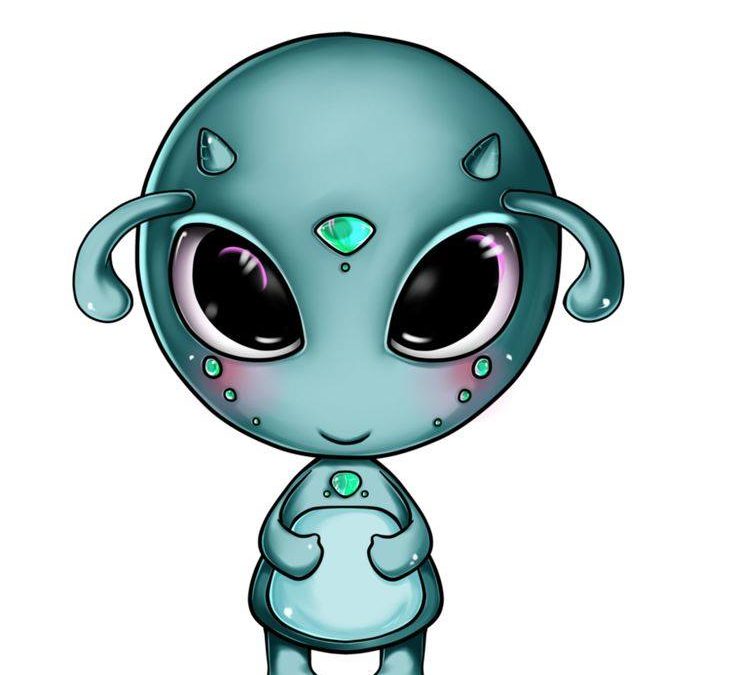


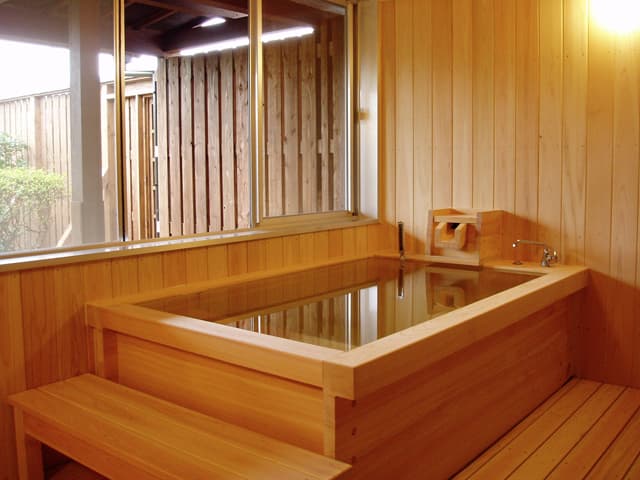










Recent Comments